The **Indian Peafowl (Pavo cristatus)**, also known as the blue peafowl, is one of the most recognizable and celebrated birds in the world, particularly famous for the male’s extravagant plumage. Native to the Indian subcontinent, this bird is the national bird of India and holds a significant place in various cultural and religious traditions.

The male Indian Peafowl, often referred to as a peacock, is renowned for its strikingly colorful tail, or “train,” which can span over 5 feet in length. This train is adorned with eye-catching iridescent blue, green, and gold feathers, each featuring distinctive eye spots. During courtship displays, the peacock fans out its tail feathers in a magnificent display to attract females, known as peahens, who are more subtly colored in shades of brown and gray.
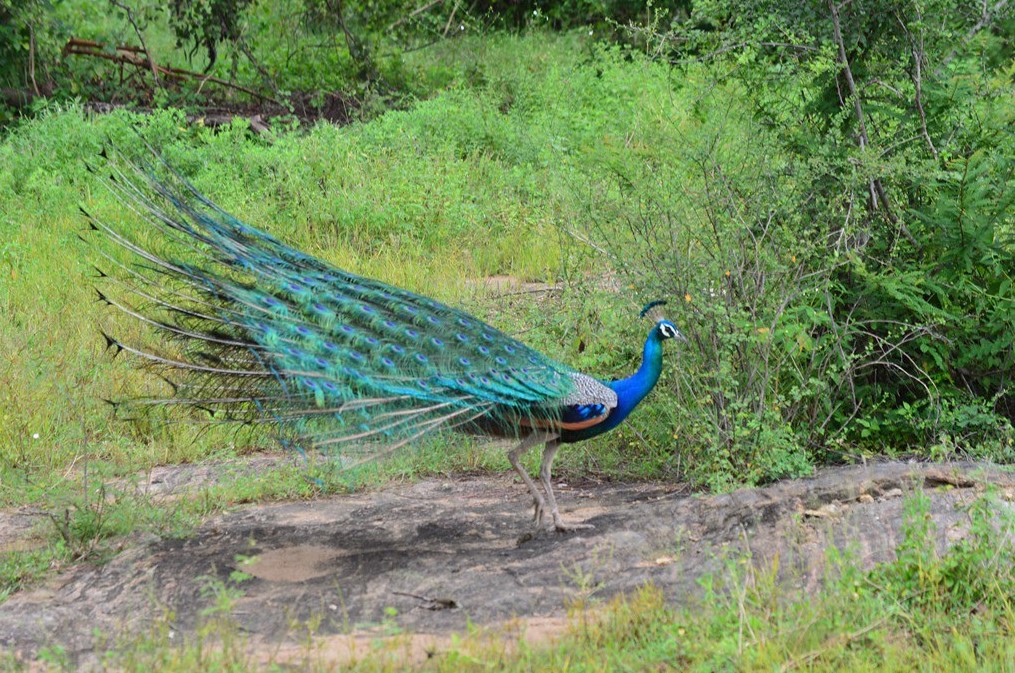
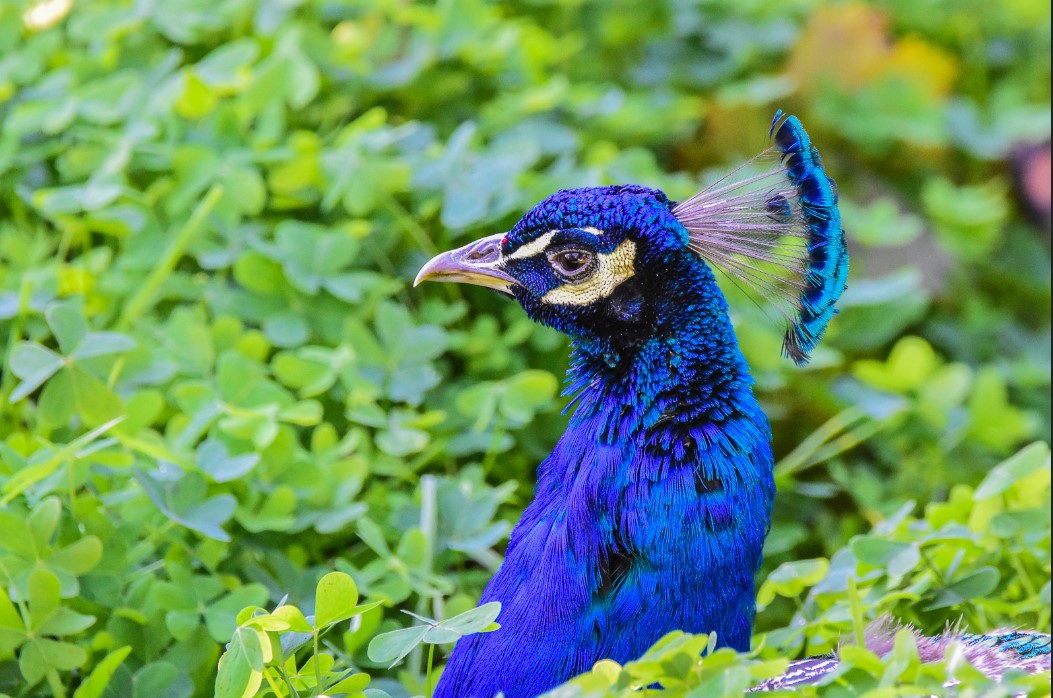
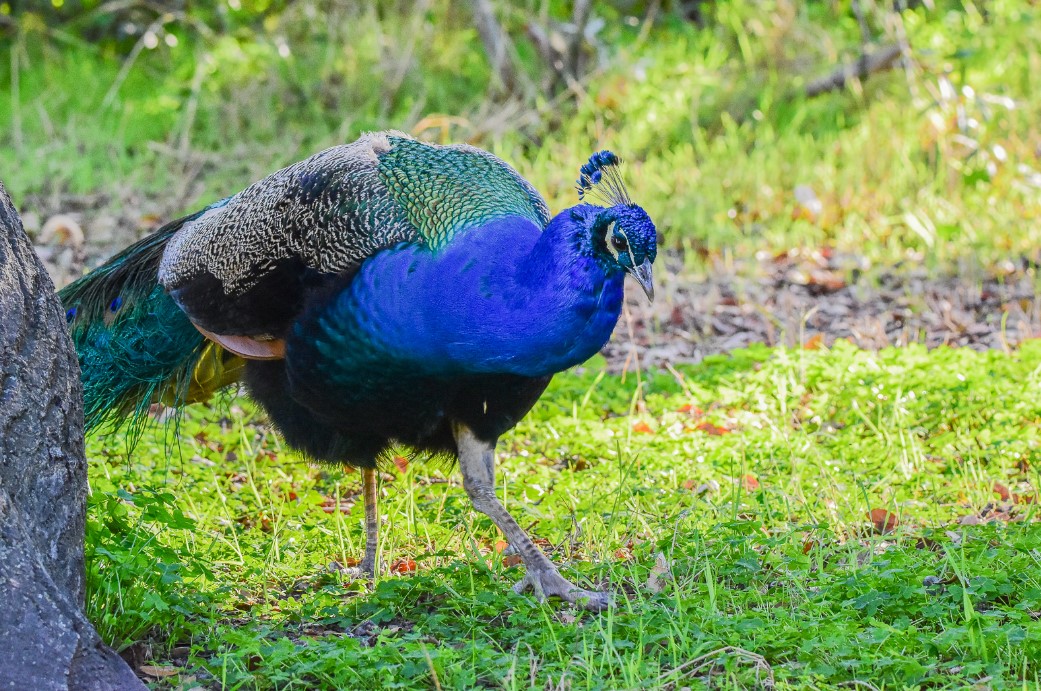


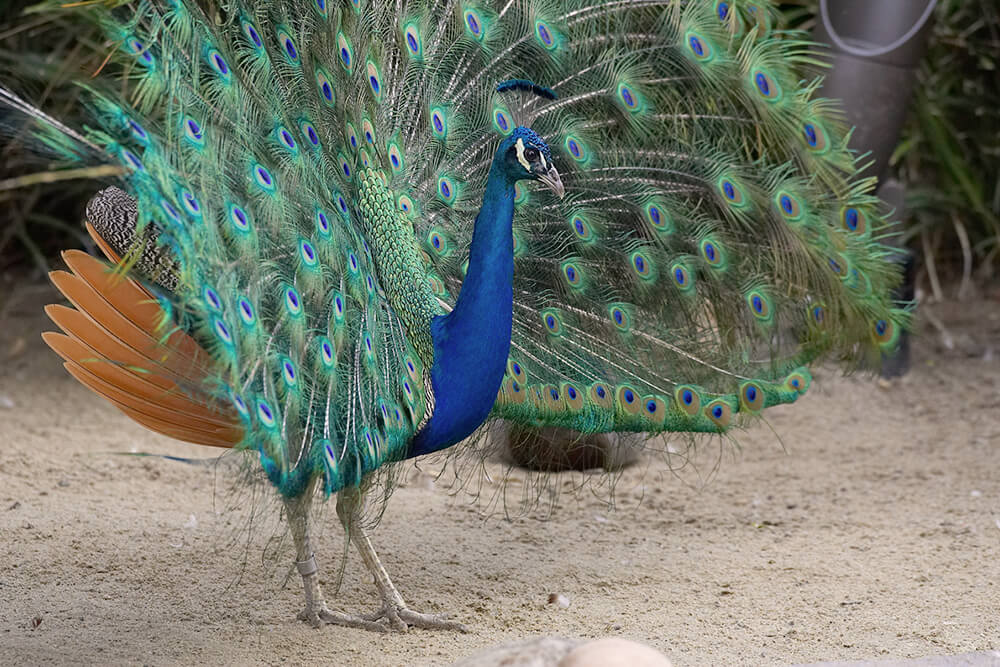
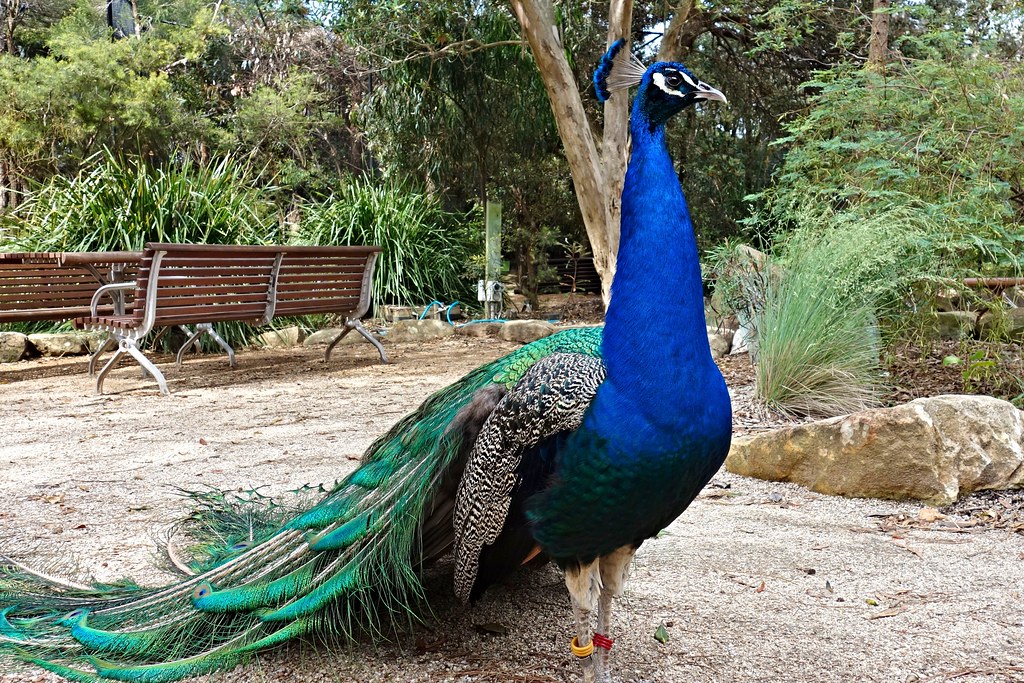
Indian Peafowls are omnivorous, feeding on a diet that includes seeds, fruits, insects, and small reptiles. They are typically found in forests, farmlands, and near human settlements, where they often forage in groups. These birds are known for their loud calls, which are most often heard during the breeding season and can be quite resonant, echoing through their natural habitat.
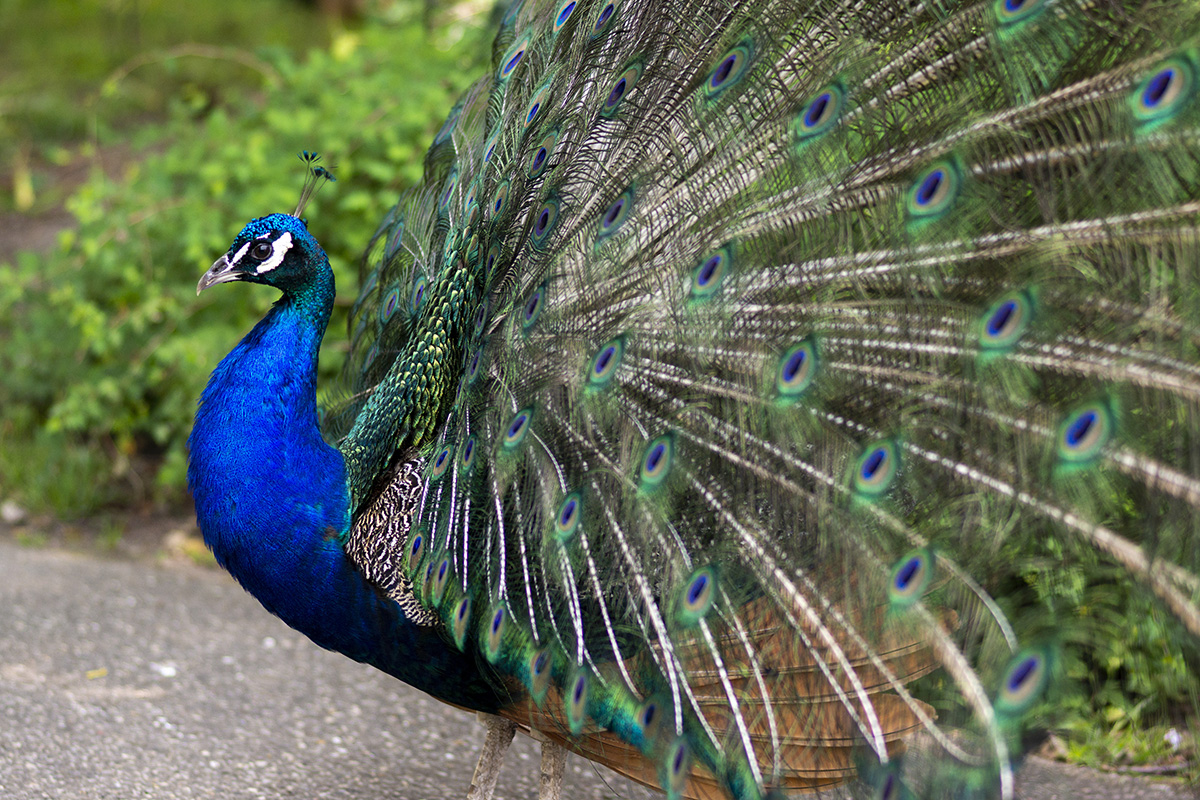
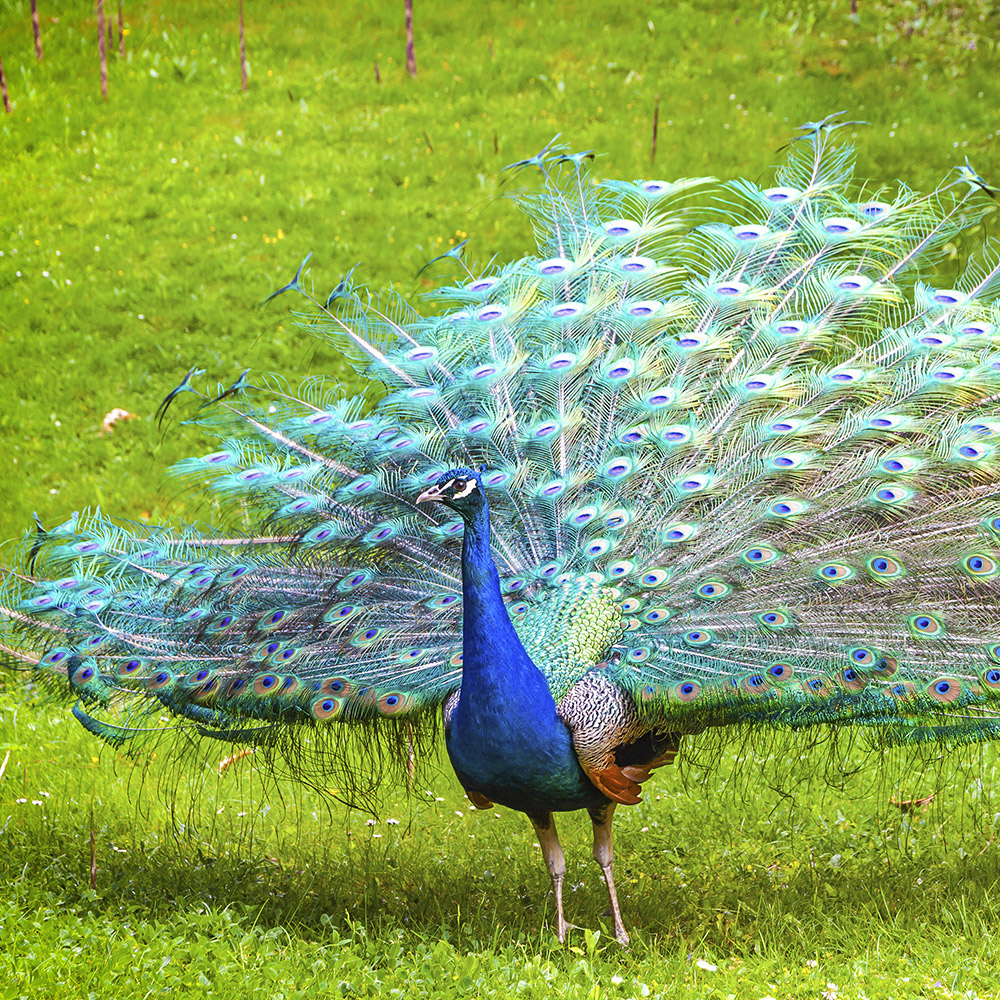

The Indian Peafowl has adapted well to life alongside humans and is often seen in gardens, parks, and even temples across India. Despite their close association with people, they still face threats from habitat loss and hunting in some regions. Conservation efforts and legal protections in India have helped maintain stable populations, allowing this beautiful bird to continue to thrive in the wild and remain a symbol of beauty and grace.